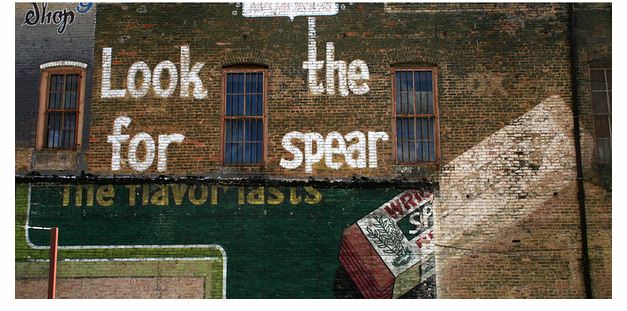
Austin, TX, Ghost Sign, image from Flickr
There is nothing in heaven above, in the earth beneath, in the water, or in the air we breathe but will be found in the universal Language of the Walls. ("The Language of the Walls," anonymous, 1855).
Maps are propositions as well as indexes, making visual arguments about our orientation in this world--a good map (whether road or otherwise) gets us somewhere, forces us to reconsider the relationship between us and the world. Advertising, that pernicious beasat, is also somewhere between sign and proposition. A visual referent to a thing--a bottle of beer, a pack of gum, an insurance service--an advertisement also makes an argument or, at the very least, presents a fantasy of (self-)orientation. But what happens when those relationships are obscured, when the fantasy becomes outdated? What happens when the ad remains after the product is gone?
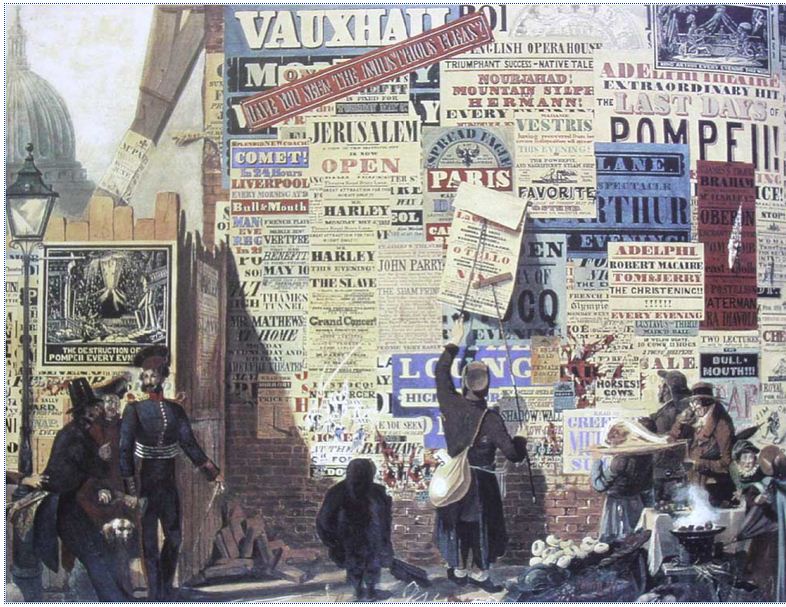
Image, John Orlando Parry, "A London Street Scene," 1835 from Wikimedia Commons
Advertising really becomes a science and a spectacle under the Victorians, who understood (and saw the signs of) the radically changing nature of capitalism. victorians pioneered advertising on the walls, as the sardonically frustrated narrator of "The Language of the Walls" notes. Advertising thus became a kind of "commodification of public space", as Sam Roberts and Sebastian Groes call it; an intrusion that we now take for granted began as a visual index of the transformation of public culture.
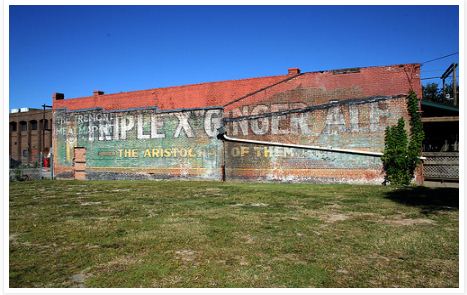
Galveston, TX, Ghost Sign, image from Flickr
The marks of this early advertising culture are all around us today, sometimes revealed--as in this photo--by the restructurations of late capitalism. As the photographer notes, this ghost sign only became visible after a local business had been pulled down. Ghost signs, then, function as both advertisement and map, indexing a previously obscured spatial relationship to the past. Often overlooked or unobserved, ghost signs write out--visually signify--a complex map of urban histories.
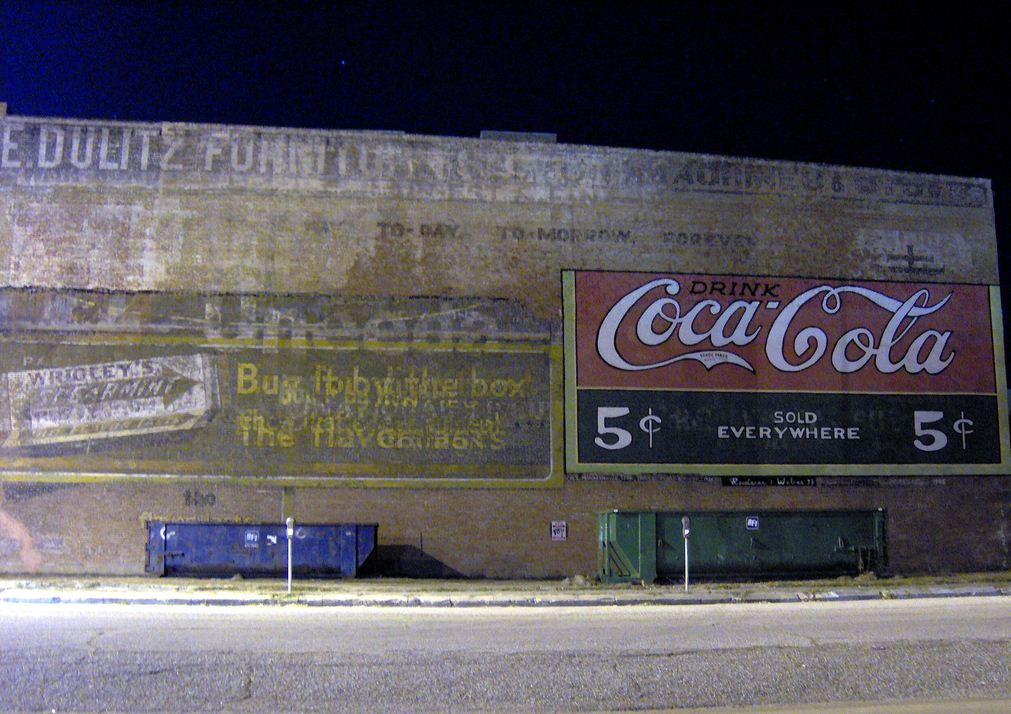
Galveston, TX, Ghost Sign, image from Flickr
Multiple businesses can be encoded onto each other. Like a palimpsest, ghost signs narrate the derridean traces ("the mark of the absence of a presence, an always-already absent present") of history (local, cultural, capital) in physical form. They are inscrutable maps as well as unobtainable fantasies; as such, they represent almost pure representation (italicize), as it were, as they now exist without a goal or purpose, "signifying nothing."
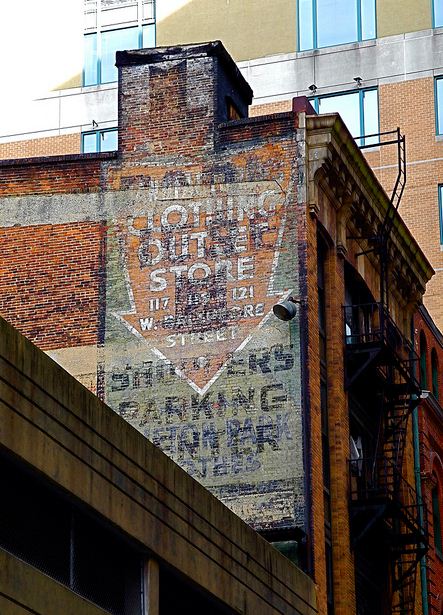
Baltimore, MD, Ghost Sign, image from Flickr
Recent comments
2 years 29 weeks ago
2 years 44 weeks ago
2 years 44 weeks ago
2 years 50 weeks ago
3 years 4 weeks ago
3 years 4 weeks ago
3 years 4 weeks ago
3 years 6 weeks ago
3 years 6 weeks ago
3 years 6 weeks ago